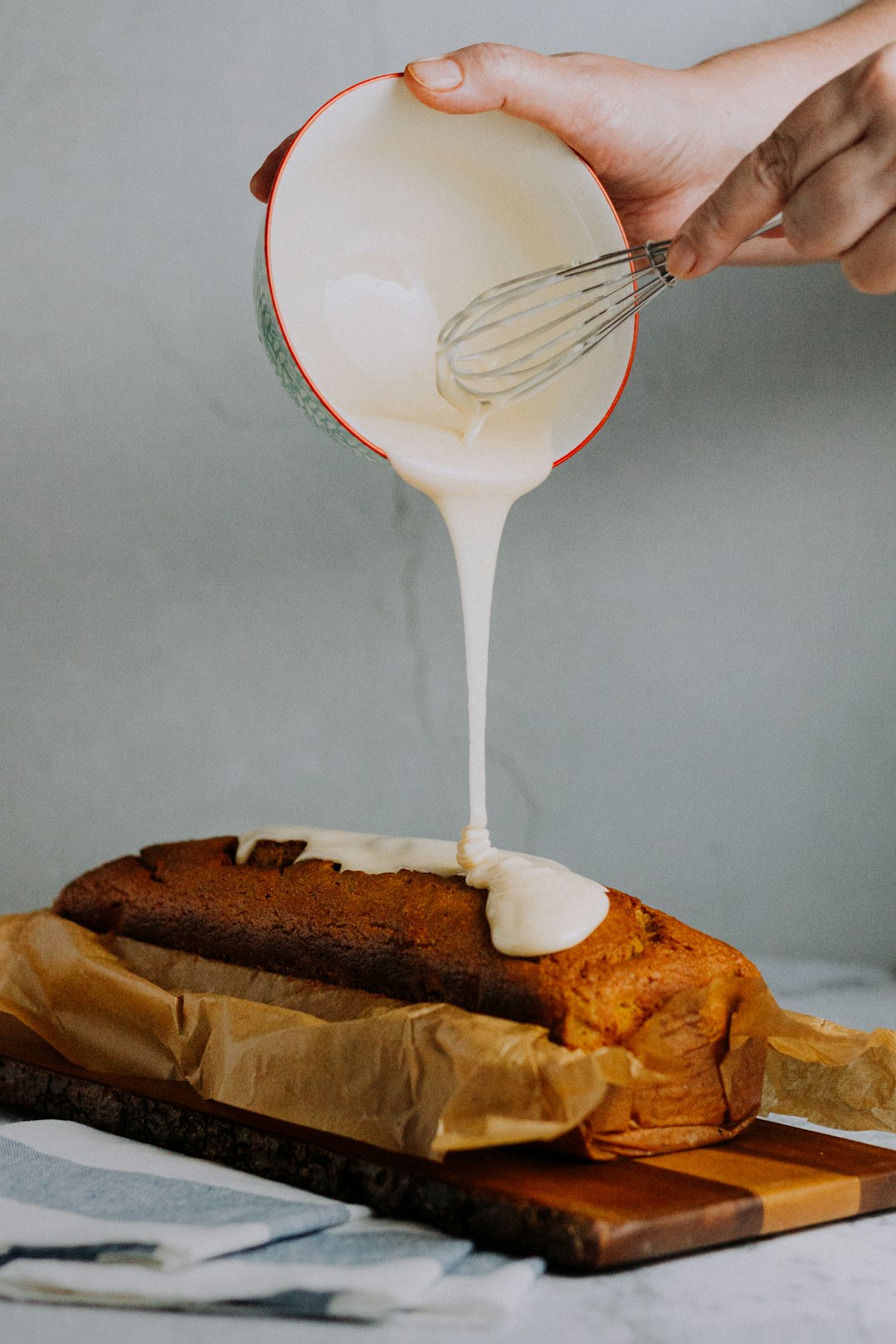Decoding the Edibility of Your Stored Jam

In the world of home - made treats, few things evoke the warmth of summer quite like jars of homemade jam sitting in the pantry. However, those seemingly innocent jars of fruit mixtures might not always be as safe to consume as they appear. It's essential to know how to determine if your summer - made jam is still good to eat, ensuring both safety and a delicious experience.
First and foremost, let's understand why jam can go bad. Jam is a preserve, but it's not impervious to spoilage. Microorganisms such as mold, yeast, and bacteria can find their way into the jam, especially if the canning process was not done correctly. Even if the initial canning was successful, over time, changes in temperature, humidity, and the natural breakdown of the ingredients can lead to spoilage.
One of the most obvious signs that your jam has gone bad is the presence of mold. Mold can appear as fuzzy patches on the surface of the jam. It can be white, green, black, or even a combination of colors. If you see any mold on your jam, it's a clear indication that the jam should be discarded. Mold produces toxins that can be harmful if ingested, and it can spread throughout the jam, even if it's only visible on the surface.
Yeast growth is another tell - tale sign of spoilage. Yeast can cause the jam to ferment, resulting in a fizzy or bubbly appearance. You might also notice a change in the smell of the jam. Instead of the sweet, fruity aroma you expect, it may have a sour or alcoholic smell. This fermentation process can change the taste and texture of the jam, making it unappetizing and potentially unsafe to eat.
Bacterial contamination can also occur in jam. Bacteria can cause the jam to develop an off - flavor, a slimy texture, or an unusual color. For example, if the jam has a strange, putrid smell or if it has become overly thick and gooey, it's likely that bacteria have taken hold. Some bacteria, such as Clostridium botulinum, can produce toxins that are extremely dangerous and can lead to serious illness.
To prevent spoilage in the first place, proper canning techniques are crucial. When making jam, it's important to use fresh, high - quality fruits. Wash the fruits thoroughly to remove any dirt, pesticides, or bacteria. The jars used for canning should be clean and sterilized. You can do this by boiling the jars in water for a few minutes or by running them through a hot dishwasher cycle.
The cooking process of the jam is also vital. The jam should be cooked to the proper temperature to kill any microorganisms present. Most recipes call for the jam to reach a temperature of around 220°F (104°C) to ensure that it sets properly and is safe for storage. After cooking, the jam should be poured into the sterilized jars immediately and sealed tightly. This creates a vacuum seal that helps to keep out air and prevent the growth of microorganisms.
Once the jam is stored in the pantry, it's important to keep the pantry at a cool, dry place. Avoid storing the jam near sources of heat, such as a stove or a radiator, as high temperatures can accelerate the spoilage process. Also, check the jars regularly for any signs of damage, such as cracks or loose lids, as these can allow air and microorganisms to enter.
If you're unsure whether your jam is still good to eat, you can perform a simple taste test. However, be cautious. If the jam has an off - flavor, a strange texture, or an unusual smell, it's best to err on the side of caution and throw it away. Remember, it's not worth risking your health for a jar of jam.
In conclusion, while homemade jam is a wonderful treat, it's important to be vigilant about its safety. By knowing the signs of spoilage, using proper canning techniques, and storing the jam correctly, you can enjoy your summer - made jam safely and deliciously. So, the next time you reach for that jar of jam in your pantry, take a moment to assess its quality and make an informed decision about whether it's still fit for consumption.